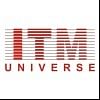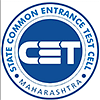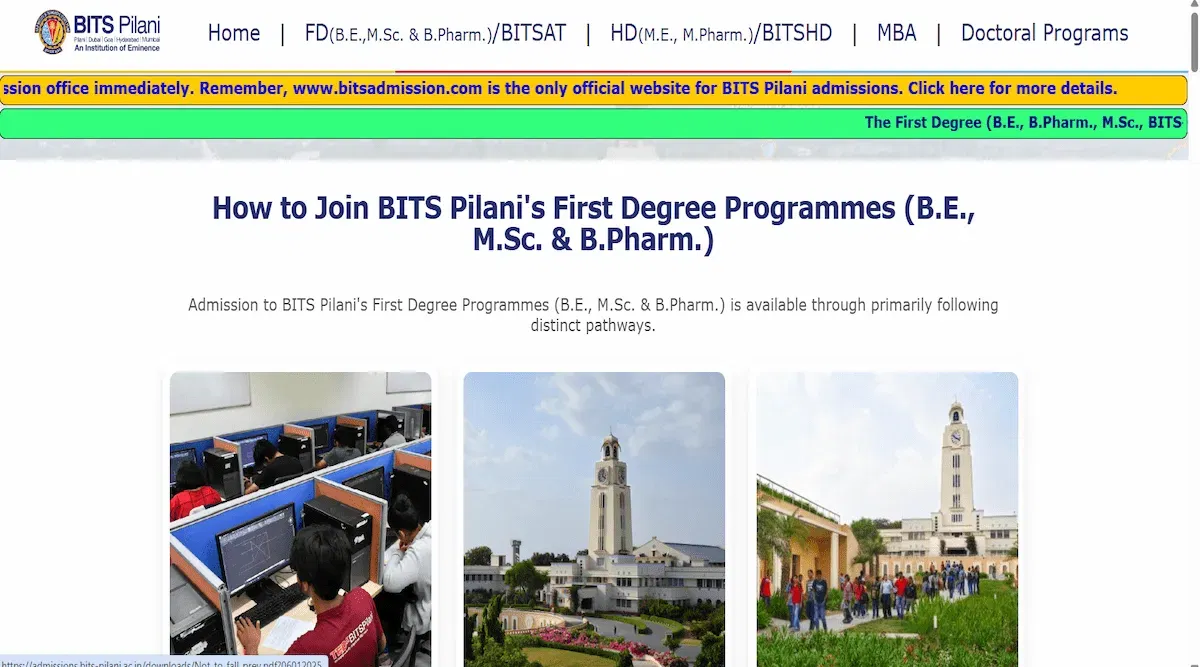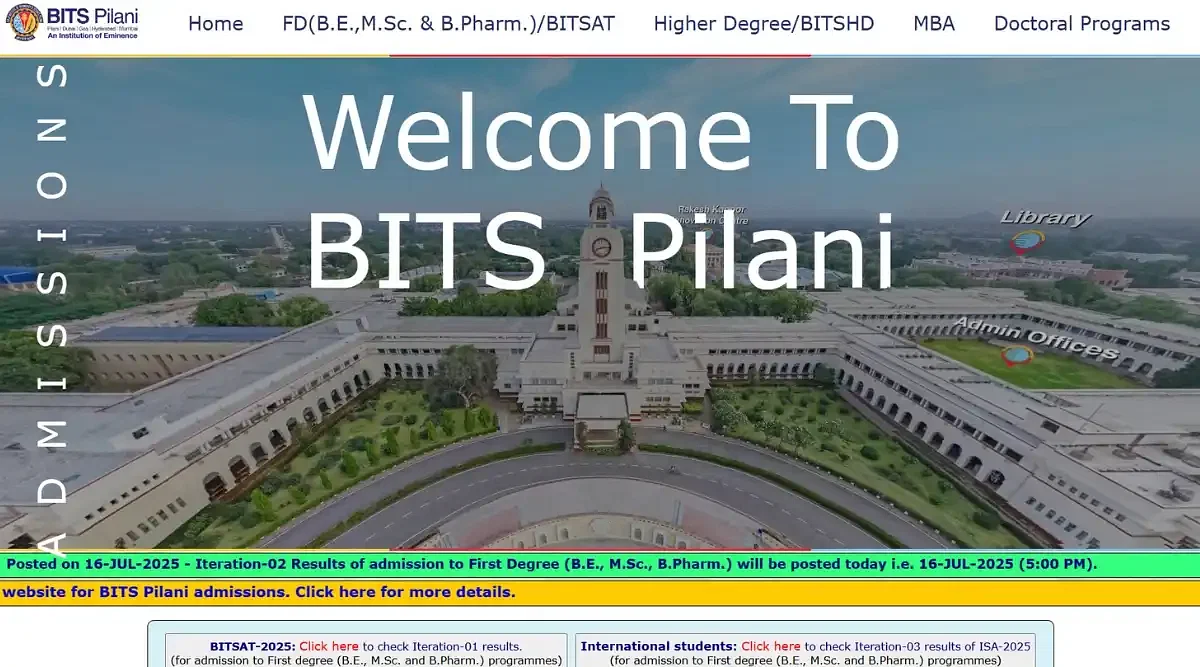
Table of Contents
BITSAT Biology Syllabus 2025 includes essential topics such as Diversity in Living World, Cell, Biotechnology, and many more. Candidates can access the syllabus of BITSAT 2025 displayed in detail on the official website at bitsadmission.com.
The BITSAT 2025 exam will include a total of 150 questions from the BITSAT 2025 Biology Syllabus. Every question has 3 marks, each assigned to it. Candidates will have one mark deducted for every incorrect answer they submit. The important topics and weightage of the chapters are given below.
Download: BITSAT Previous Year Question Paper
BITSAT Biology Syllabus 2025 PDF
The BITSAT Biology Syllabus 2025 PDF is available for download through the link provided below:
| BITSAT Biology Syllabus PDF | Download PDF |
Also Download:
- BITSAT Mathematics Syllabus 2025
- BITSAT Physics Syllabus 2025
- BITSAT English Syllabus 2025
- BITSAT Chemistry Syllabus 2025
BITSAT 2025 Biology Syllabus
The BITSAT Biology Syllabus 2025 contains topics and chapters in the 11th and 12th standards. The detailed Biology syllabus for BITSAT 2025 is given below for the candidates:
1. Cell- Unit of Life, Structure and Function
Cell wall; Cell membrane; Endomembrane System, Mitochondria, Cell Cycle (meiosis and mitosis); Structural differences between prokaryotic and eukaryotic; plant and animal cells; Enzymes- Types, properties along with chemical nature and action; Biomolecules- Function and structure of Proteins, Lipids, Nucleic acid and Carbohydrates
2. Diversity in Living World
What is living; Taxonomic categories and aids; Systematics and Binomial system of nomenclature; Meaning and reference of Biology to mankind; Salient Features of Plant and Animal Kingdom; Introductory classification of living organisms (Two-kingdom system, Five-kingdom system)
3. Genetics and Evolution
DNA –its organization and replication; Transcription and Translation; Theories and evidences of evolution, including Modern Darwinism; Gene expression and regulation along with DNA fingerprinting; Linkage and Crossing over; Inheritance patterns of hemophilia and blood groups in humans; Mendelian inheritance; Chromosome theory of inheritance; Gene interaction; Incomplete dominance; Codominance; Complementary genes; Multiple alleles.
4. Reproduction, Growth and Movement in Plants
Sexual Reproduction including development of male and female gametophytes, Pollination (Types and agents), Fertilization, Development of embryo, Endosperm, seed and fruit; Apical dominance, Senescence, Abscission, Photo -periodism, Vernalisation; Growth and Movement including growth phases, Types of growth regulators and their role in seed dormancy, germination and movement; Asexual methods of reproduction and Various types of movements.
5. Reproduction and Development in Humans
Menstrual cycle, Gamete production, Fertilisation, Implantation followed by the stages of embryo development, pregnancy and parturition, birth control and contraception and also detailed study of male and female reproductive systems.
6. Structure + Function of Plants and Animals
Morphology of a flowering plant; Tissues and tissue systems in plants; Anatomy and function of root, stem fruit and seed; types of fruit and secondary growth; detailed study of absorption and movement of water followed by mineral nutrition, the stages of photosynthesis and respiration. Locomotion and movement; Excretion system; Control and coordination (including the central nervous system, Receptors, Structure and Function of neuron, Endocrine glands and hormone action); Human physiology (including the digestive, respiratory system and process of absorption) along with body fluids and circulation.
7. Biology and Human Welfare
Cancer; AIDS; Animal Husbandry (including poultry, livestock, fisheries, major animal diseases and their control methods, major communicable diseases of humans and their pathogens); basic features of immunology; alcohol/drug abuse during adolescence; plant breeding and tissue culture
8. Ecology and Environment
Meaning of ecology, environment, niche and habitat; energy flow along with major types of ecosystems even the new ones like agroecosystem; ecological levels of organization (organism to biosphere); abiotic and biotic components; ecological pyramids; succession and climax; food chain and food web; structural and physiological features in plants and animals of the desert and aquatic regions along with detailed study of Biodiversity and Environmental concerns.
9. Biotechnology and its Applications
Microbes as ideal systems for biotechnology; Use of microbial technology in industrial production and food processing; detailed study of steps in recumbent DNA technology, application of R-DNA technology in human health and applications in industry together with agriculture.
Also Read:
Chapter-Wise Weightage of BITSAT Biology Syllabus 2025
The weightage of important chapters of the BITSAT Biology Syllabus 2025 is given in the table below:
| Chapters | Weightage |
| Cell- Unit of Life, Structure and Function | 30% |
| Reproduction in Animals and Humans | 15% |
| Structure and Function of Plants and Animals | 10% |
| Diversity and Genetics | 5% |
| Ecology along with Environment; Basic Biology and Human Welfare; Biotechnology and its Applications | 5% |
Also Read:
Best Books for BITSAT Biology Syllabus 2025
Candidates are advised to select the correct study material in order to prepare for the exam. The best BITSAT Books 2025 recommended by experts to prepare for the Biology syllabus are given below:
| Name of the Books | Author's Name |
| Objective Biology | Disha Experts |
| Daily Practise Problem Sheets | - |
| Objective Botany | Ansari |
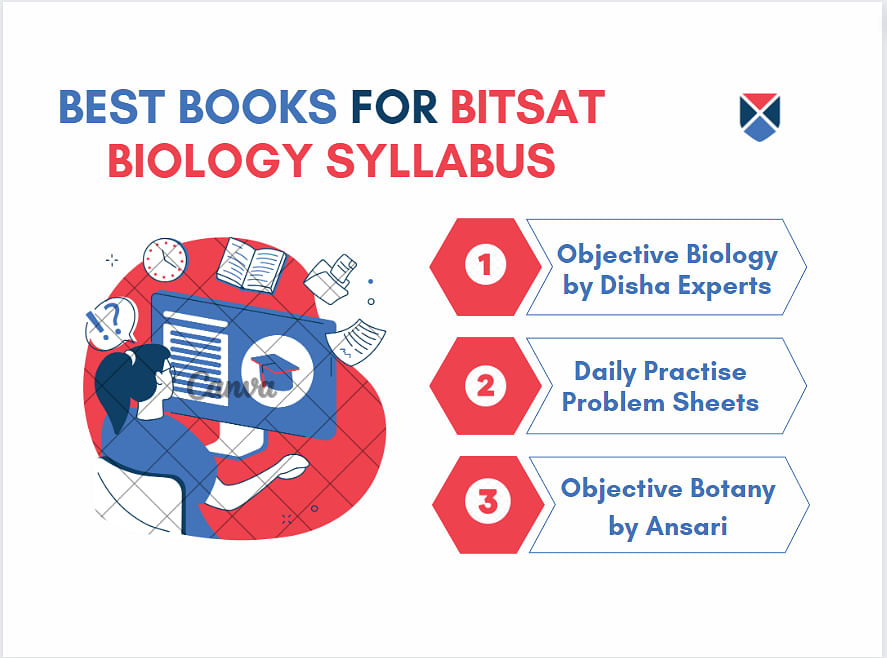
BITSAT Biology Exam Pattern 2025
The authorities prepare the BITSAT exam pattern 2025 for the exam. The exam pattern can help understand the essential part of the syllabus and assist in identifying high-value topics. The exam pattern is as follows:
- There will be a total of 150 questions in the exam.
- For every correct answer, candidates will be awarded with 3 marks.
- For every wrong answer, one mark will be deducted.
- The total duration of the exam will be 3 hours.
- The biology section will include a total of 40 marks.
Study Plan for the BITSAT Biology Preparation 2025
Students are advised to form a study plan in order to score well in the biology sections of the exam. A few pointers for and a plan for BITSAT Preparation 2025 for the BITSAT Biology Syllabus 2025 are given below:
- Revise Important Topics: Revise chapters and topics which are marked as important before attending the exam. It can help candidates obtain higher scores.
- Take notes of weak areas- By taking notes of the weak areas, candidates can revise them and be able to improve their performance in the exam.
- Solving Previous Year questions- Solving previous year questions while preparing for the exam can help understand the format for those who will be attempting for the first time.
Quick Links:
| BITSAT Mock Test 2025 | How to Crack BITSAT 2025? |
| How to Prepare for BITSAT from Class 11? | BITSAT Important Topics 2025 |

